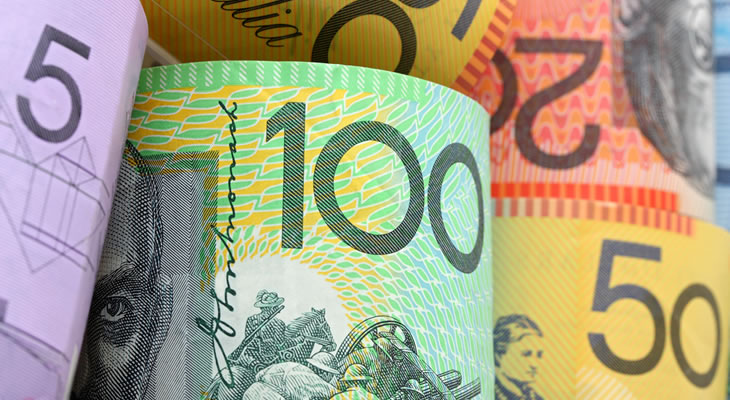Although the UK gross domestic product slowed further than anticipated in the first quarter of 2017 this was not enough to dent the Pound Australian Dollar exchange rate.
Worryingly, this more substantial slowdown was due to a greater loss of momentum within the service sector, boding ill for the future outlook.
Even so, the mood towards the Pound remained relatively positive ahead of the weekend.
While domestic data continued to point towards softer economic conditions investors remain confident in the prospect of a larger Conservative majority in parliament, and its likely impact on the Brexit negotiations.
Investors were also cheered by news that Bank of America had raised its forecasts for Sterling, suggesting that GBP exchange rates are likely to remain more resilient over the course of the year.
Nevertheless, despite the limited reaction of the Pound this weak GDP print seems to point towards further weakness.
As Dean Turner, economist at UBS Wealth Management, noted:
‘Today’s print of 0.3% represents a sharp fall from the giddy pace of growth we witnessed a last quarter. Rising inflation seems to be having a negative impact on the parts of the economy exposed to the consumer. Looking ahead, we expect that pressure on real household incomes will keep growth subdued.’
If next week’s raft of UK PMIs provide further evidence of a slowdown then the GBP AUD exchange rate may struggle to hold onto its stronger footing for long.
Confidence in the Australian Dollar remained generally limited during Friday’s European session as global geopolitical worries continued to weigh on markets.
March’s private sector credit data also undermined demand for the antipodean currency as credit failed to rise as forecast, with business credit proving particularly muted.
Sluggish investment in non-mining sectors suggests that the economy is still a long way from rebalancing towards a greater emphasis on the service sector.
Demand for the ‘Aussie’ is not likely to particularly pick up ahead of Tuesday’s Reserve Bank of Australia (RBA) policy meeting, although no change appears probable at this juncture.
Any signs of greater dovishness amongst policymakers could dent the Australian Dollar, offering the GBP AUD exchange rate a fresh rallying point.
If the RBA looks set to leave interest rates on hold for the foreseeable future then the mood towards the ‘Aussie’ is likely to remain generally bearish.
However, if policymakers take a more optimistic view on the domestic economy or tone down worries over the housing market then the GBP AUD exchange rate could come under pressure.


Comments are closed.